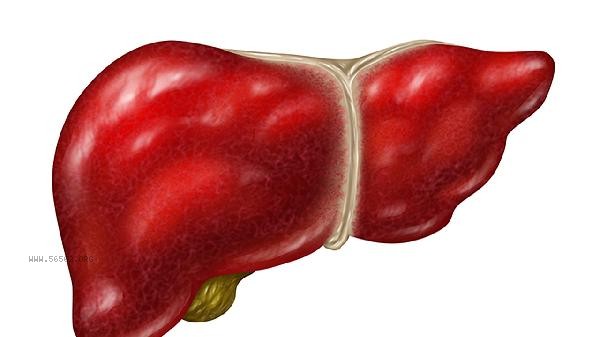The survival period of patients with secondary recurrence of lymphoma is usually 1-5 years, which is related to factors such as pathological classification, treatment plan, immune status, gene mutations, and control of complications.

1. Pathological classification:
The 5-year survival rate after recurrence of Hodgkin's lymphoma can reach 40% -60%, while the median survival time after recurrence of invasive non Hodgkin's lymphoma such as diffuse large B-cell lymphoma is about 1-2 years. Inert lymphoma such as follicular lymphoma may survive for more than 5 years even if it recurs. Pathological typing is determined through immunohistochemistry and genetic testing, which directly affects treatment sensitivity.
2. Treatment plan:
CAR-T cell therapy can achieve long-term remission in 30% of refractory patients, and autologous hematopoietic stem cell transplantation combined with high-dose chemotherapy can improve survival rate by 20%. The application of new targeted drugs such as BTK inhibitors and PD-1 monoclonal antibodies significantly improves the prognosis of some subtypes. The treatment plan should be personalized based on past medication history and resistance gene testing.
3. Immune status: Patients with CD4+T cell counts greater than 200/μ L have a better response to immunotherapy, and reduced NK cell activity accelerates tumor progression. Patients with EB virus positive recurrence have a poor prognosis. Regular monitoring of lymphocyte subsets and immunoglobulin levels can help evaluate immune function.

4. Gene mutation: Patients with TP53 gene mutation have a median survival shortened by 50%, and MYC rearrangement suggests rapid disease progression. The second-generation sequencing detected that individuals with CREBBP/EP300 mutations are sensitive to histone deacetylase inhibitors. Genetic testing can guide precise treatment selection.
5. Complications control: The mortality rate of patients with
complicated with hemophagocytic syndrome increases threefold, and pulmonary infection is a common direct cause of death. Standardized prevention of Pneumocystis carinii pneumonia and reactivation of cytomegalovirus can reduce non tumor mortality by 40%. Regular monitoring of C-reactive protein and calcitonin levels can help detect infections early. After recurrence, it is recommended to maintain 30 minutes of aerobic exercise daily, adopt a high protein diet of 1.5-2g/kg body weight per day to correct cancerous consumption, and supplement vitamin D3 to improve immune function. Monitor weight changes weekly, and low-intensity resistance training can be performed when platelet count is greater than 50 × 10 ⁹/L. Psychological intervention can lower cortisol levels, and meditation and mindfulness training can help improve treatment tolerance. Avoid raw and cold foods to prevent intestinal infections, and regularly disinfect the living environment with ultraviolet radiation.









Comments (0)
Leave a Comment
No comments yet
Be the first to share your thoughts!